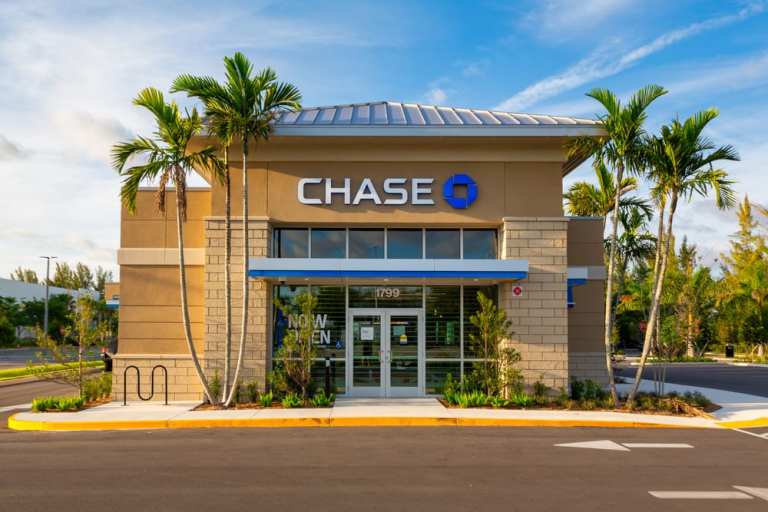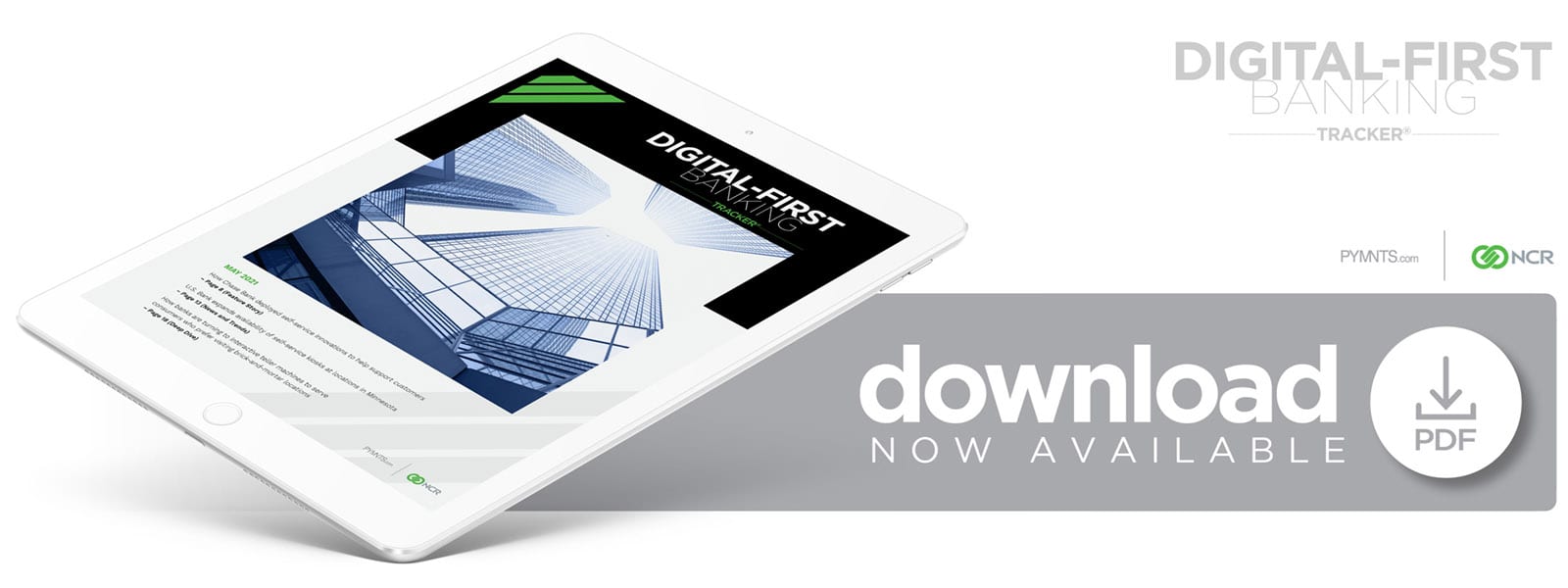Putting Financial Recovery At Customers’ Fingertips
Beer said JPMorgan Chase globally invests $12 billion in technology annually to “deploy new and enhanced digital features at speed and at scale,” which was crucial at a time when many banks were forced to promptly develop and deploy innovative tools to meet consumer expectations for digital-first banking experiences. Online portals had to be deployed so that customers could request payment assistance or apply for a PPP loan.
“We also enhanced our mobile check deposit feature, QuickDeposit, by raising limits, ensuring that our customers could quickly deposit and access their stimulus payment funds,” she said.
Beer said the bank uses a variety of avenues to engage customers in learning about these innovations, including staff members in branches, emails, social media posts and advertising.
“I’ve always been fascinated by how many customers organically discover new features and start using them actively,” she said.
Many consumers faced pandemic-driven financial hardships, prompting banks to introduce new self-service features to help them manage their spending and give them more control over their budgets. Chase’s mobile Snapshot feature provides daily insights into customer spending, savings, earnings and more, for example, and the tool gave customers more than 6 billion personalized insights in 2020.
The bank also launched Budget, which helps users establish a way to track spending and make daily adjustments. Customers can calculate their flexible budgets, track debit and credit card transactions automatically and identify money remaining from their flexible budgets that can be transferred to savings accounts. These features can help support customers looking to improve their financial wellness.
While many consumers turned to digital channels to interacts with their banks, Chase opened more than six dozen branches from March 2020 to December 2020. Beer said that some customers preferred in-person interactions with bankers or financial advisers and continued to visit branches last year.
Digital-first banking technologies offer many key benefits to make consumers’ lives easier and help them become better stewards of their money. FIs that offer innovative self-service banking experiences have the opportunity to more wholly support their changing banking needs.





